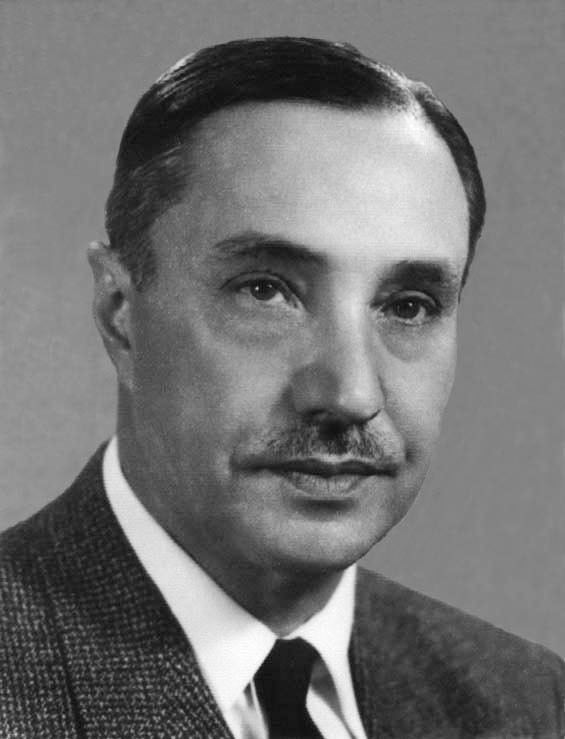Name Raymond Begg | ||
 | ||
Died January 18, 1983, Glen Osmond, Australia Books Begg Orthodontic Theory and Technique | ||
Education University of Melbourne Similar Edward Angle, Robert M. Ricketts, Milo Hellman | ||
Percy Raymond Begg AO (October 13, 1898 – 1983) was Professor at the University of Adelaide School of Dentistry and a well known Orthodontist, famous for developing the "Begg technique". Permanent displays dedicated to the "Begg technique" can be found in the Smithsonian Institution in Washington DC, the Library of the American Dental Association in Chicago, and the PR Begg Museum at the University of Adelaide.
Contents
Birth and education
Dr. Begg was born in Coolgardie, Western Australia. His father was an accountant and mother a business manager. Him and his family moved to Adelaide in 1900 and there he was enrolled into Pulteney Grammar School. Eventually he attended St. Peter's College and he was one-time a classmate of Howard Florey. He received his science degree from University of Melbourne and then decided to enroll in Angle School of Orthodontia in Pasedena, California. Dr. Begg married in 1928 and eventually had three children.
Orthodontics
Dr. Begg initially experimented with Edward Angle's non-extraction therapy but without much success, he developed a new appliance using ribbon arch brackets and round arch wires to use with lighter forces in an orthodontic treatment. He is known to have developed the Australian Orthodontic Wires in 1940s when he worked with a metallurgist.
Begg Technique
Begg Technique consists of three stages. The first stage involves multiple steps such as opening anterior bite, closing anterior spaces, eliminate anterior crowding, correction of rotations, over-correction of mesio-distal relationship of buccal segments. This technique employs bite opening bends such as Gable Bend or Anchor Bend along with use of Class II Elastics. The bite opening bends will produce the intrusion of the frontal incsiors either through the translation movement or rotation (tipping) movement. The rotational movement leads to flaring of the teeth as a side effect, which can be controlled by Class II Elastics preventing the flaring of upper anterior teeth.
The second stage involves closing the extraction spaces. Dr. Begg mentioned that it was important to maintain the corrections achieved in Stage I while working on Stage II. The third stage of Begg technique involves the root correction in the labio-lingual direciton or mesio-distal direction.
Death
Dr. Begg retired in the year 1980. On January 18, 1983 he died at Glen Osmond and was cremated. He is survived by his son and his youngest daughter.
Awards and recognitions
There is a plaque in his honour on the Jubilee 150 Walkway, at the Adelaide Dental Hospital.
